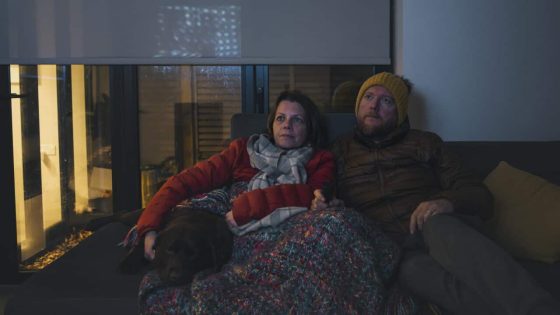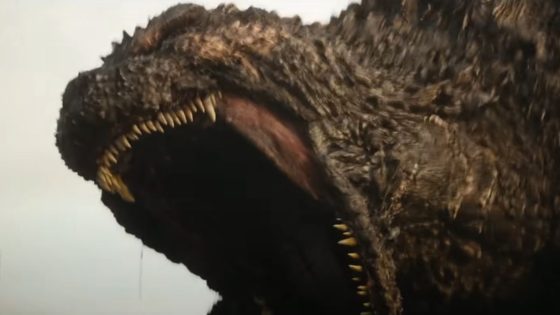Key Points
- Two separate incidents of accidental carbon monoxide poisoning led to hospitalisation in Perth and Sydney recently.
- The dangerous gas cannot be seen and has no smell, so people can be breathing it in unaware.
- Carbon monoxide is a product of combustion, so can result from heating or cooking.
Members of two separate families on opposite sides of the country have been rushed to hospital as a result of breathing toxic fumes in their homes, within a week of each other.
A couple in Perth were reportedly found unconscious in their bedroom by their teenage children on 25 June and a few days later, on 30 June, five family members in a Sydney home were taken to hospital. Both families were understood to have accidentally breathed in deadly carbon monoxide.
The dangerous gas cannot be seen or smelled and authorities have said they see an increase in such incidents during winter.
Carbon monoxide
Suzanne Gilbey, a lecturer in public health at Curtin University, told SBS News carbon monoxide (CO gas) was “primarily a product of combustion” that comes from heating and cooking using gas or a wood/charcoal fire.
“The processes of burning will create the carbon monoxide which is a gaseous pollutant,” she said.
When there is not enough airflow and the CO gas lingers in the area that is being heated rather than being drawn outside, that is when people can feel the effects of it.
Outdoor items should stay outdoors
It’s been reported that in both the Perth and Sydney incidents, charcoal burners had been brought indoors to provide heating overnight.
Gilbey warned bringing outdoor heaters or cooking appliances indoors was dangerous.
Curtin University public health lecturer Suzanne Gilbey said without adequate ventilation, the gas produced by heaters and cookers can remain in an enclosed space and be breathed in. Source: Supplied
“They don’t have the same rigorous legislation attached to them as to how they’re manufactured or designed.
“They’re designed for outside use and they should stay outside,” she said.
NSW Fire and Rescue commissioner Jeremy Fewtrell said “there’s nowhere for the poisonous fumes to go if they build up indoors”.
“Using charcoal bead cookers, barbecues and outdoor heaters inside creates an extreme risk to you and your family.
“We understand that as the weather is particularly cold at the moment, families may be tempted to use alternative heating sources, but these types of items will risk the lives of you and your family rather than making you warm and comfortable in your homes.”
Dangers of CO gas
Carbon monoxide poisoning can be fatal.
According to NSW Health, symptoms of CO poisoning can include headache, nausea and stomach pain, vomiting, dizziness, weakness, fainting, confusion and tiredness.
In severe cases, symptoms can include loss of consciousness, seizures, and permanent brain injury.
Gas cooktops can also emit carbon monoxide. Source: Getty / Tetra Images
Australian Institute of Health and Wellbeing statistics show 230 people in Australia were hospitalised in 2021/2022 due to being accidentally poisoned by gases and vapours such as exhaust fumes and carbon monoxide.
Carbon monoxide in indoor appliances
While indoor heaters and cooking appliances are usually designed and installed with flues or a form of ventilation to direct carbon monoxide fumes outside, Gilbey said unmaintained appliances and those that predate current relevant building codes pose risks.
“As they age they become less efficient and less safe. A product isn’t necessarily safe for life.”
Gilbey said just like cars, heating and cooking appliances should be regularly serviced.
“Come winter, the first bit of cold, people just whack on their heaters without getting them checked,” she said.
“Just as you schedule a flu vaccine you should schedule a service or a look at them.”
This suggestion is backed by Victoria’s Country Fire Authority, which recommends gas heaters be “inspected and serviced every two years to ensure the safety of loved ones from carbon monoxide poisoning or fire”.
Carbon monoxide detectors
Carbon monoxide detectors can be bought for around $50.
While there are some requirements for CO detectors within public housing in Australia, unlike smoke alarms, they are not required in all Australian homes.
Those who have spent time in other countries may have noticed carbon monoxide detectors in their accommodation. Source: Getty / mikroman6
Former federal MP Sharman Stone had pushed in 2011 for such monitors to be a legal requirement in all new residential properties with gas appliances, following the death of two young boys to CO poisoning in 2010.
She said it was disappointing more had not been done to prevent carbon monoxide poisoning.
“It was but we still don’t have ideal cross-country regulations,” Stone told SBS.
While few private homes in Australia have the monitors, they are becoming more common in a number of other countries.
Northern Ireland has recently announced landlords must have carbon monoxide alarms installed in any room of a rented property that has a fixed combustion appliance or a flue.
However, Gilbey said she had reservations about how effective making everyone get CO detectors would be in preventing people being poisoned.
She said she would be concerned it could lead to complacency.
“I think it’s better to get someone in to check it and have a look at and tell you because, with monitors, it depends on what people will do with the information that they get from them,” Gilbey said.
She pointed to the way some people pull out the batteries when their smoke alarm is beeping.
“They could do the same thing with a carbon monoxide monitor,” Gilbey said.
SBS contacted the offices of Housing Minister Julie Collins, Industry and Science Minister Ed Husic and Climate Change and Energy Minister Chris Bowen, but has not received a response to questions on the matter.
Additional reporting by the Australian Associated Press.






